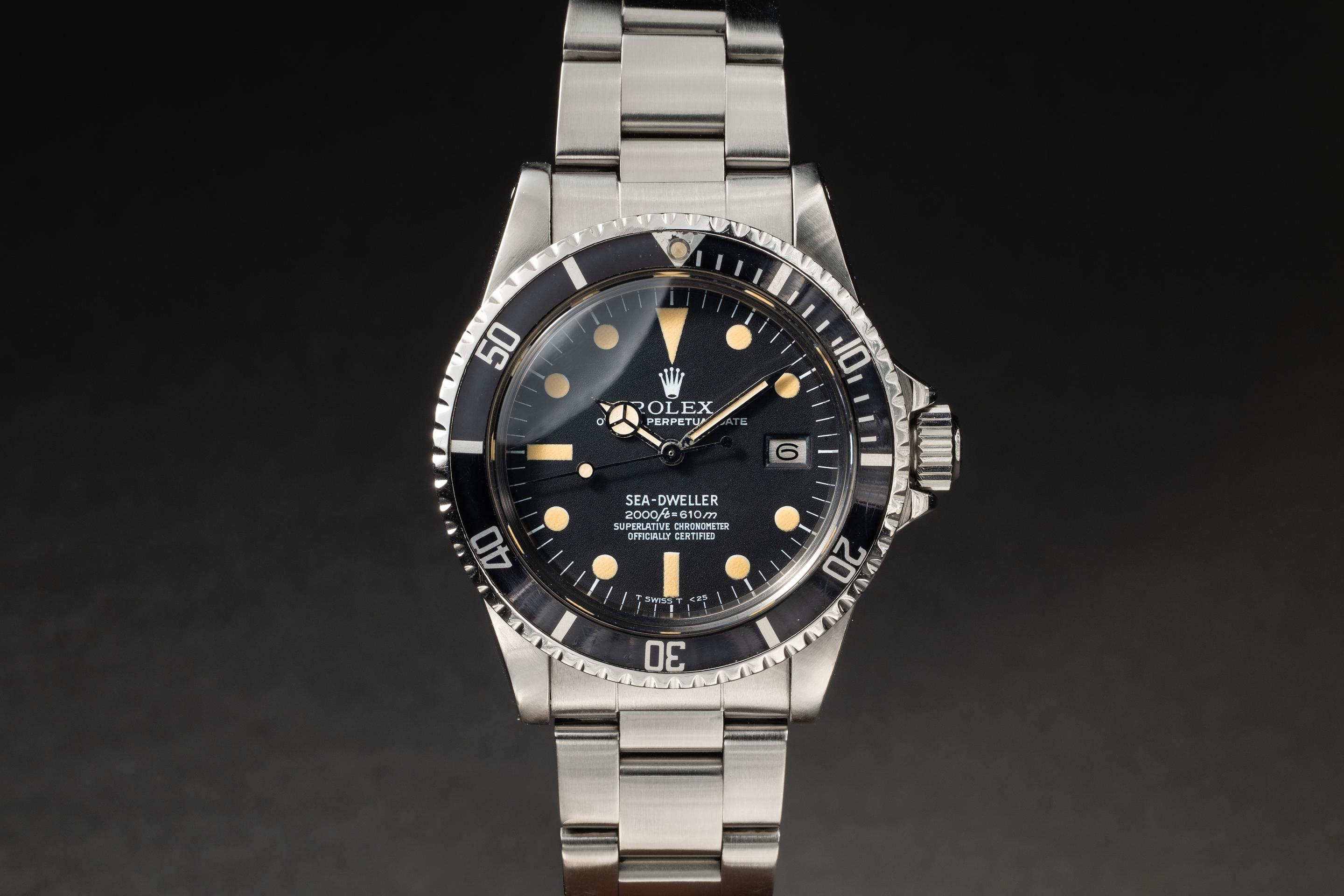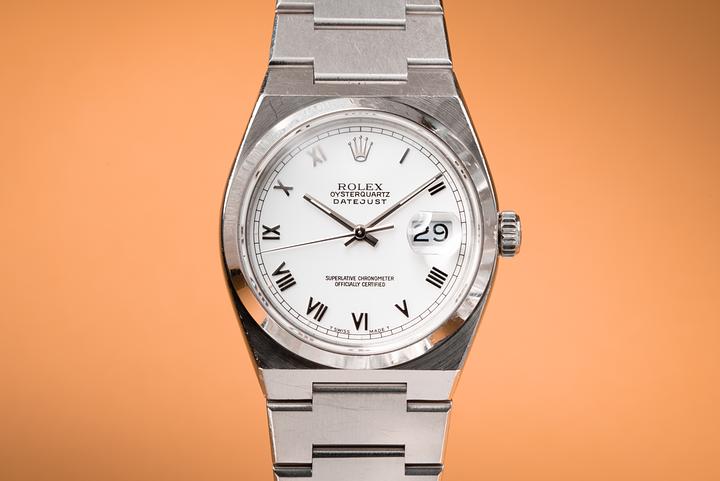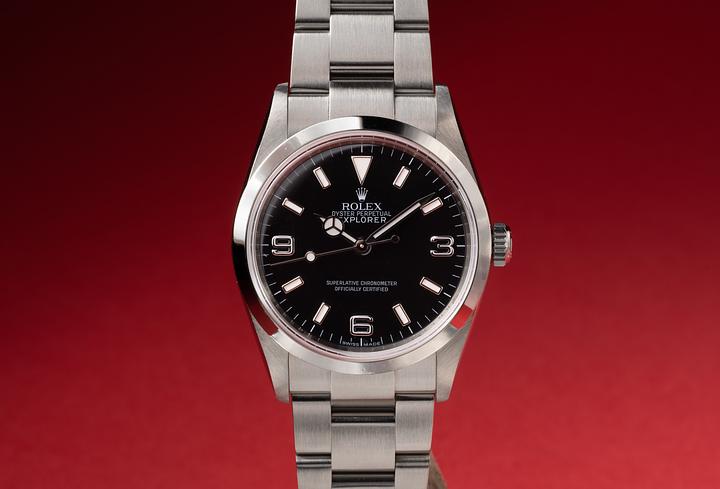Men with Rolex: Timeless Craftsmanship Meets Enduring Prestige

Men with Rolex: A Legacy Grounded in Swiss Watchmaking Excellence
Rolex is more than a watch. It is a signal of achievement, a symbol of discernment, and a product of uncompromising tradition. For over a century, Rolex has maintained its stature through a resolute fusion of precision, craftsmanship, and timeless design—closely tied to the robust legacy of the Swiss watch industry. To speak of men with Rolex is to speak of ambition worn on the wrist, sophistication measured in perpetual seconds. This journal explores the historical, mechanical, and cultural dimensions that make Rolex the definitive name in luxury timepieces, grounded in the finest horological tradition the world has ever known.
The Birth of Rolex: Foundations in Purpose and Innovation
Founded in 1905 by Hans Wilsdorf, Rolex began in London as Wilsdorf & Davis, initially importing Hermann Aegler’s Swiss movements and placing them in locally made cases. From the outset, Wilsdorf had dual objectives—uncompromising precision and universal recognition. In 1908, he registered the name "Rolex", a word unobtrusive enough to fit elegantly on a dial and easy to pronounce in any language. But while its name was coined in Britain, Rolex’s heart beat to Swiss timing. By 1919, amid shifting economic conditions, Wilsdorf moved the company’s headquarters to Geneva, permanently rooting Rolex within Switzerland's prestigious horological tradition.
Perpetual Movement and Precision Craftsmanship
The defining hallmark of Rolex has always been its ability to innovate without sacrificing the integrity of its mechanical tradition. In 1931, Rolex introduced the Oyster Perpetual, the world’s first self-winding wristwatch with a Perpetual rotor. Protected by the patented Oyster case, first developed in 1926, Rolex watches heralded a new level of toughness and water resistance previously unseen in wristwatches. This fusion of practical innovation and classical Swiss movement architecture solidified Rolex's status not only as a luxury item but as a reliable instrument. For the modern man, a Rolex remains not merely an accessory but a professional tool, refined through decades of Swiss engineering discipline.
Rolex and the Swiss Watchmaking Ethos
The Swiss watch industry is governed by a commitment to tradition, stringent standards, and unrelenting pursuit of quality. Rolex epitomizes these ideals. Every Rolex watch is developed and produced in-house, an uncommon practice even among luxury brands. The company operates four state-of-the-art manufacturing facilities across Switzerland—in Bienne, Chêne-Bourg, Plan-les-Ouates, and Les Acacias (Geneva)—each dedicated to a specific part of the production process. From fabricating proprietary 904L Oystersteel components to crafting bezels from Everose gold or Cerachrom ceramic, Rolex controls every detail. Its Swiss-made status is not symbolic—it's structural.
The Men Behind the Watches: Iconic Rolex Wearers in History
From commanding boardrooms to ascending Everest, Rolex wearers have shaped the modern world. Sir Edmund Hillary famously wore a Rolex Oyster Perpetual during his historic 1953 summit of Mount Everest, while U.S. President Dwight D. Eisenhower donned a Datejust fitted with a jubilee bracelet—Rolex’s signature of elegance and technological sophistication. Actor Paul Newman reinvigorated interest in the Rolex Daytona not only through admiration but function; he used its chronograph for motorsport timing. Each figure did not simply wear a Rolex—they validated its legitimacy in the spheres of exploration, leadership, and endurance. Today, the symbolism holds steady. Whether it appears on the wrist of Roger Federer on Championship Sunday or a venture capitalist finalizing a deal, it testifies to earned success.
Design Consistency and Evolution of the Iconic Collection
One of the key tenets of Rolex’s enduring appeal is its commitment to conservative evolution. Change, when it occurs, is incremental and always aligned with function. Take, for instance, the Submariner—originally introduced in 1953 with a depth rating of 100 meters. Today’s versions boast up to 300 meters and integrate advanced luminescence and ceramic bezel inserts, but retain the core architectural identity that made them icons. This design philosophy extends across the Rolex lineup—from the understated Oyster Perpetual to the elevated President Day-Date. It’s not trendiness that defines Rolex; it’s relevance through restraint. This measured progression ensures that Rolex watches remain wearable for decades without stylistic obsolescence.
Why Men with Rolex Represent More Than Style
To call a Rolex a fashion statement would be reductive. Prestige may define its aesthetic allure, but performance justifies its continued relevance. Men with Rolexes aren’t simply buying a timepiece; they're investing in a legacy engineered in Switzerland, refined by rigorous standards, and proven by history. They’re selecting a watch whose name carries weight not because it’s loud, but because it has stood the test of time—literally and figuratively. In a marketplace saturated with novelties and fleeting designs, Rolex endures. And for the man who values precision, principle, and permanence, that endurance is the most compelling statement of all.




